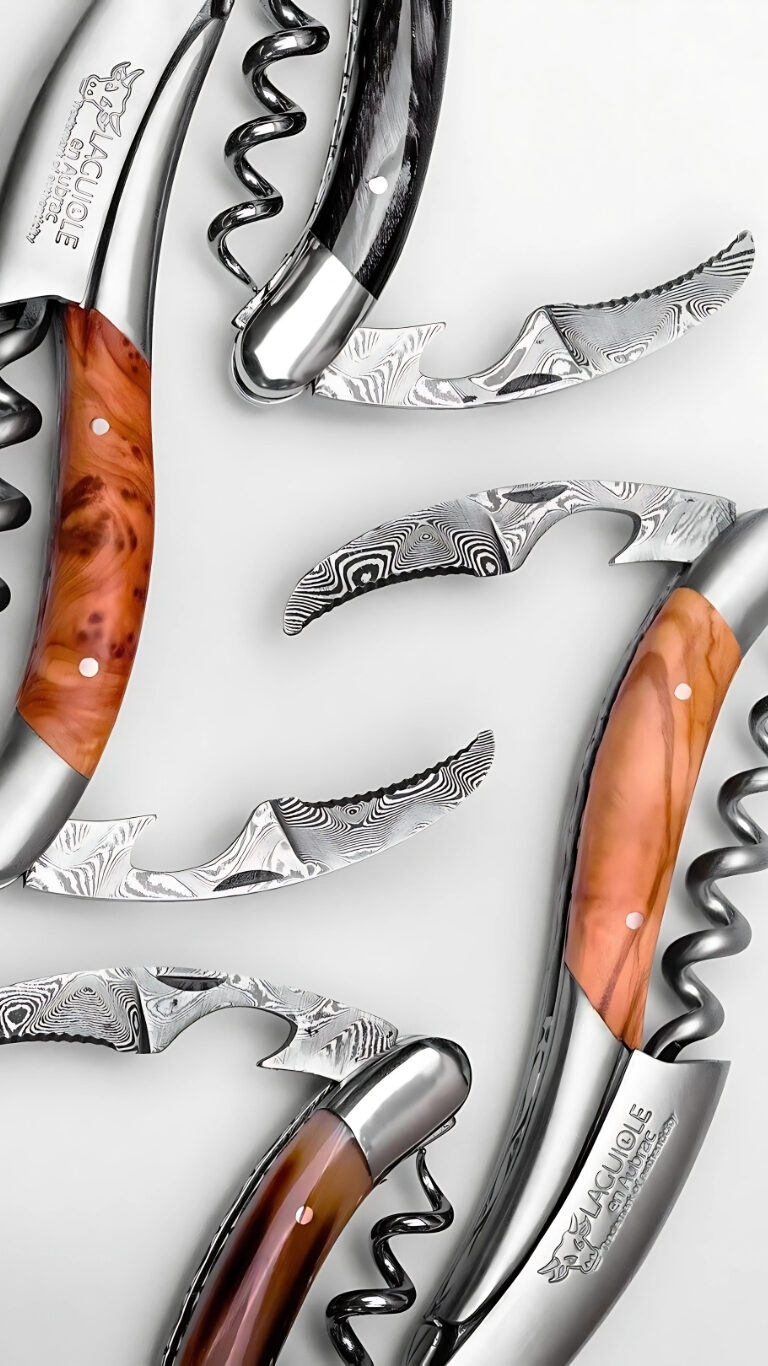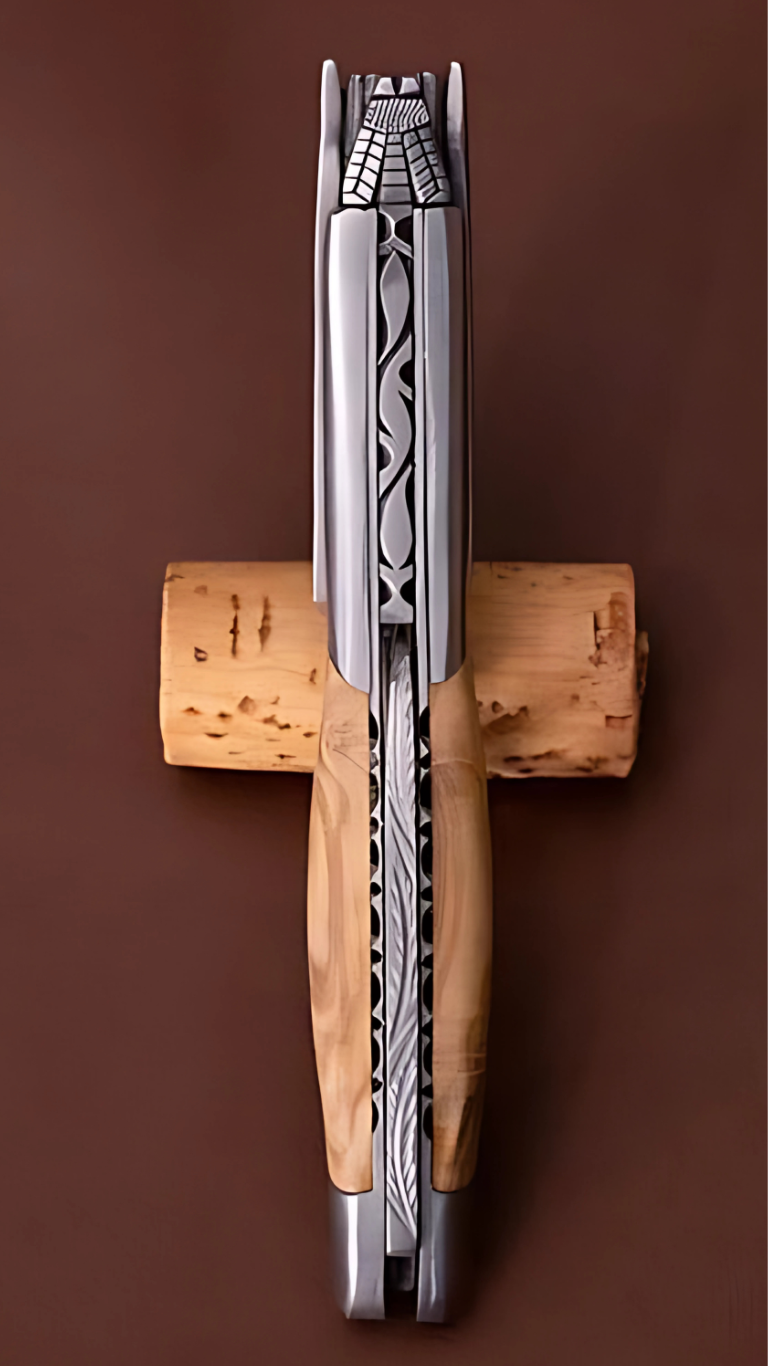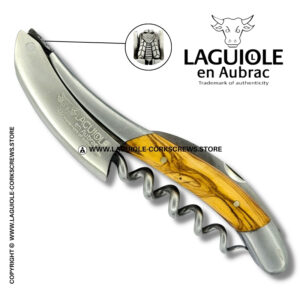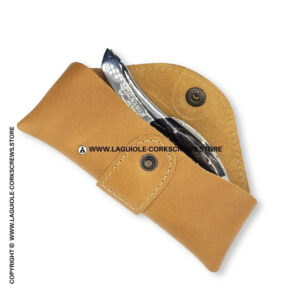Even seasoned wine lovers can ruin a good bottle with the wrong gesture. If you’ve ever broken a cork, splashed wine, or struggled to open a bottle in front of guests, this guide is for you. Learn how to open your wine like a sommelier — and never fumble again.
Why These Mistakes Matter
A bottle of wine can cost €10 or €300 — but a poorly executed opening can spoil the moment either way. A broken cork, a sudden pop, or a splash of wine on the tablecloth doesn’t just look clumsy — it disrupts the elegance of the tasting ritual. Worse, it can damage your wine. The good news? Most mistakes are easy to correct once you know what to look for.
Below are the seven most common corkscrew errors, and how to avoid them for good — whether you’re a beginner or an experienced enthusiast.
1. Tearing the Capsule Like It’s Candy Wrap
Too many people still use a serrated kitchen knife, fingernails, or brute force to remove the capsule from a wine bottle. The result? Jagged foil, sharp edges, and a messy start to the experience.
Correct gesture: Use the foil cutter blade of a sommelier knife to make a clean, horizontal cut just below the lip. This avoids contact between foil and wine and offers a professional presentation. See detailed cutting technique here.
2. Entering the Cork Off-Center
Plunging the worm (the metal screw) without alignment can split the cork or make it impossible to extract. Once off-center, there’s no clean recovery.
Tip: Place the tip of the worm exactly in the center of the cork and apply gentle pressure. With a forged worm — like those on Laguiole en Aubrac models — the entry is smooth and controlled.
3. Going Too Deep Into the Cork
Many beginners think the worm should be screwed in completely. This is one of the most common mistakes — and it often results in piercing through the cork and dropping debris into the wine.
Best practice: Stop when one full turn remains visible. This gives you maximum grip without risking contamination.
4. Using a Flimsy or Overdesigned Tool
Electric corkscrews, novelty openers, and cheap double-hinged devices might seem convenient, but they lack balance, control, and longevity. They turn a refined moment into a gimmick.
Solution: Invest in a handcrafted sommelier corkscrew with a single pivot, forged worm, and natural handle. Tools like those made by Laguiole en Aubrac are not only efficient — they’re made to last for life. Learn why handmade makes a difference.
5. Rushing the Extraction
Yanking the cork like you’re starting a lawnmower is a surefire way to startle your guests — and potentially break the cork. The gesture matters as much as the outcome.
Refined technique: Place the lever on the bottle’s lip, apply gentle upward pressure in a single motion, and finish with a soft twist if needed. Let the cork slide out quietly, without sudden tension.
6. Forgetting to Wipe the Bottle Neck
It’s a tiny detail, but crucial. Cork dust and wine residue around the rim can spoil the first glass — and give the impression of poor hygiene.
What sommeliers do: After opening, wipe the neck with a clean cloth. It shows attention to detail — and ensures a clean pour.
7. Storing Your Corkscrew Like a Screwdriver
Too many people toss their corkscrew into a kitchen drawer, where it knocks against keys, cutlery, or batteries. This dulls the worm, scratches the handle, and weakens the hinge.
Protect your tool: Use a leather sheath or original box — both available in our accessories section. It’s not just a luxury. It’s how professionals store their tools.


Bonus Mistake: Choosing the Wrong Tool Altogether
Buying a corkscrew without understanding its construction can lead to repeated frustrations. Many generic models are made with soft metal, poor leverage, or loose assembly. If the worm isn’t forged or the lever is unstable, no gesture will ever be smooth.
Key criteria: look for a single-pivot system, conical forged worm, ergonomic handle, and full assembly by a single artisan. These define professional-grade corkscrews — like those handcrafted by Laguiole en Aubrac.
Comparison Table — Amateur vs. Sommelier Technique
| Action | Common Mistake | Sommelier Approach |
|---|---|---|
| Cutting the capsule | With a knife or fingers | Foil cutter blade, below the lip |
| Inserting the worm | Off-center or too deep | Centered, stop 1 turn from full |
| Extraction | Yanking or twisting | Single motion with clean leverage |
| After opening | No wipe, quick pour | Wipe the neck before serving |
| Tool choice | Cheap or gimmicky opener | Forged, handmade sommelier tool |
Conclusion: Elevate the Gesture
Opening wine isn’t just a means to an end — it’s the start of the experience. Avoiding these common mistakes transforms the gesture into a ritual: calm, confident, and precise.
With a Laguiole en Aubrac corkscrew, you gain more than control — you gain elegance. Every part of the tool is designed for performance, and every use reinforces your appreciation for the craft behind it.
→ Ready to open with confidence? Explore our corkscrews.







